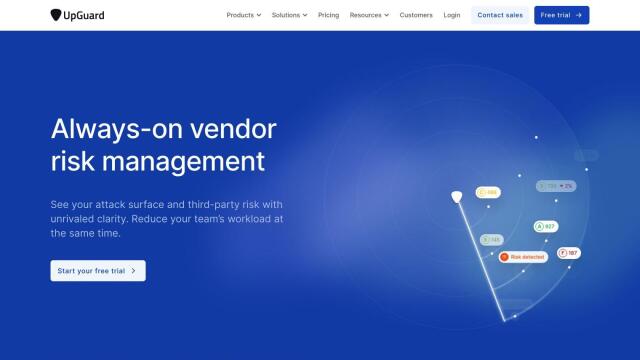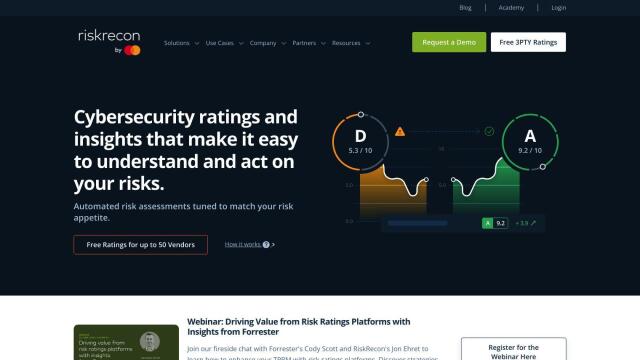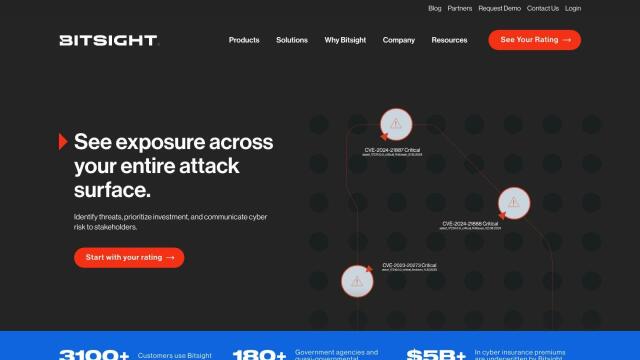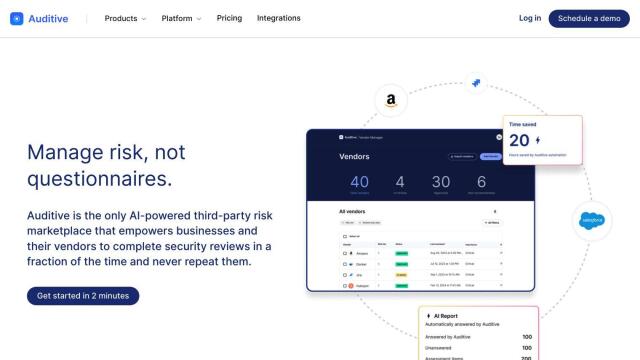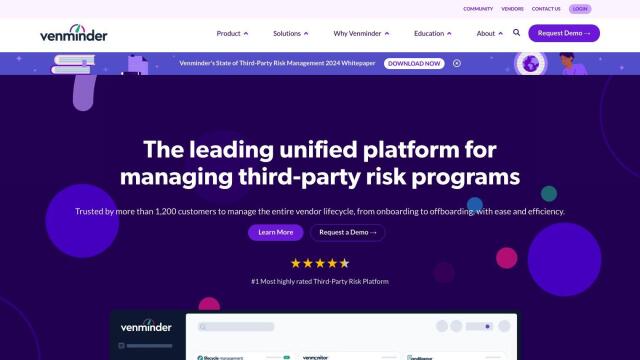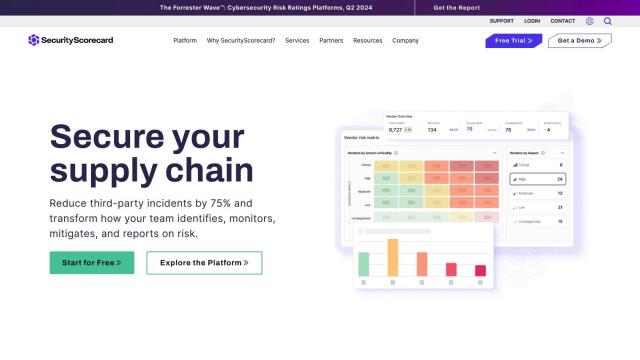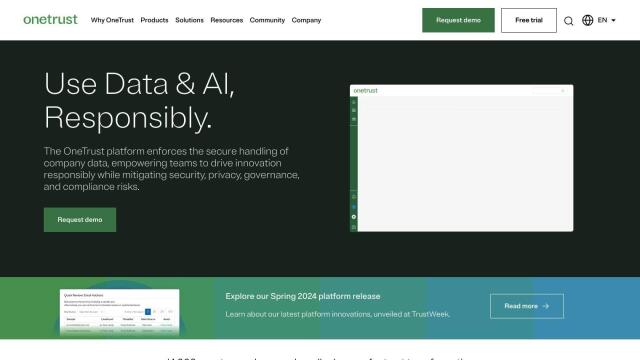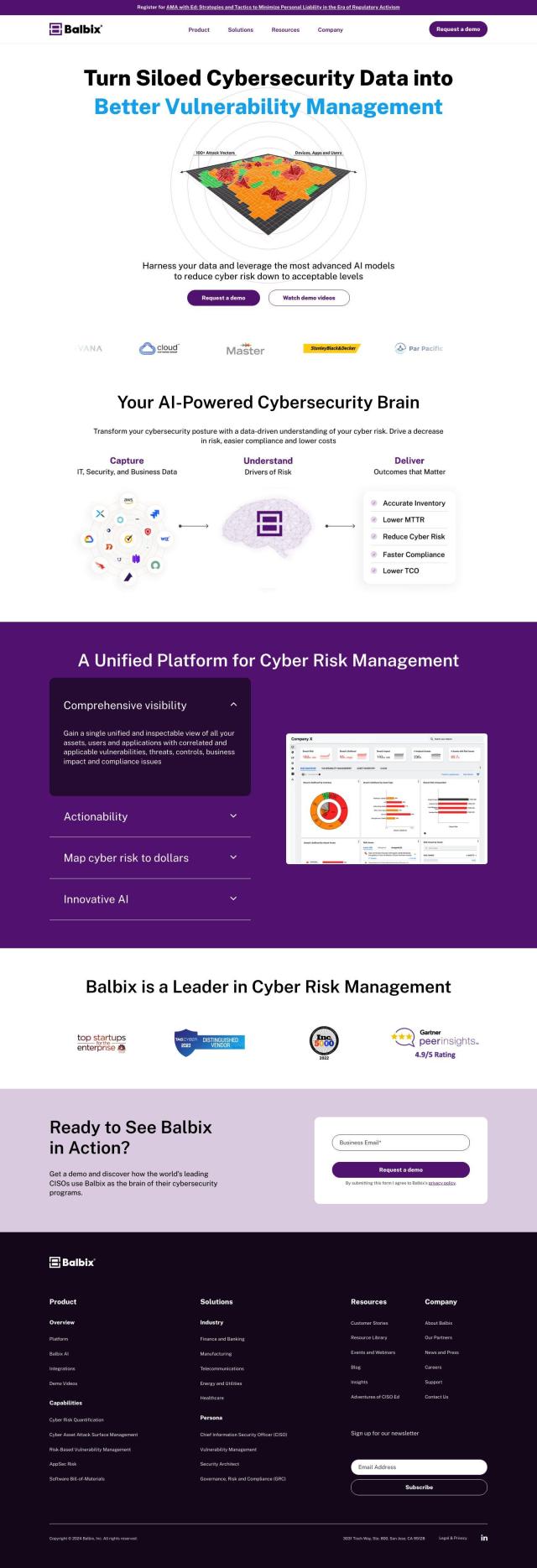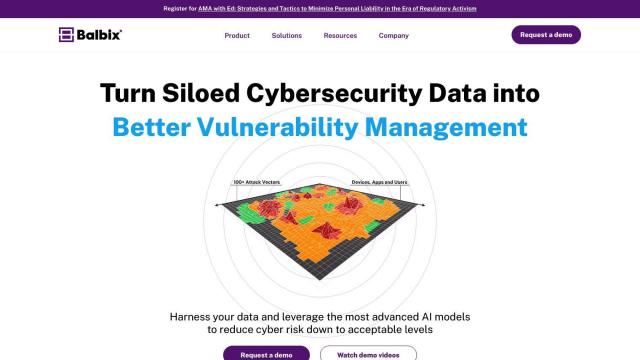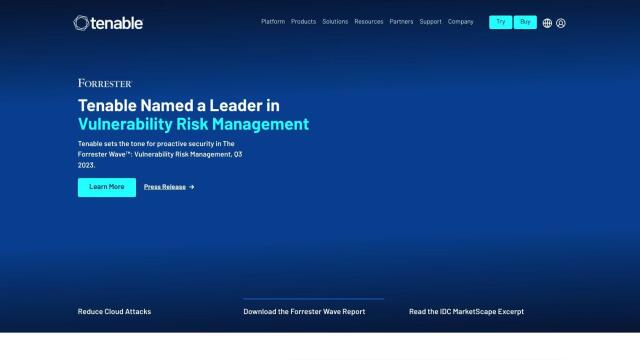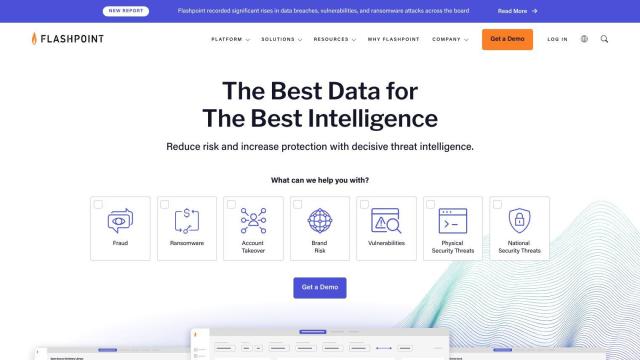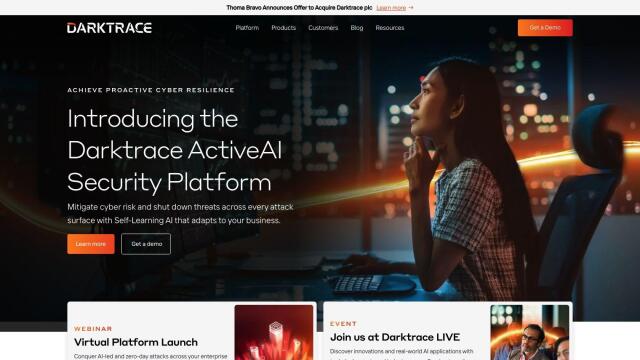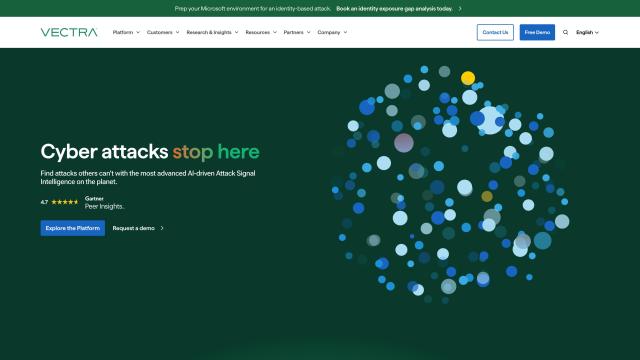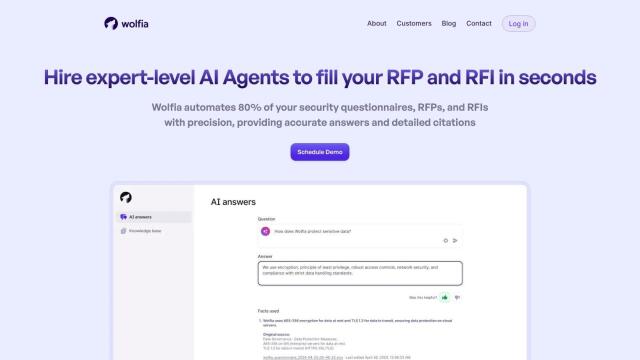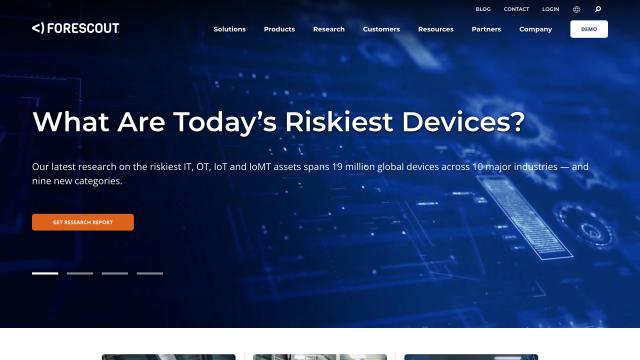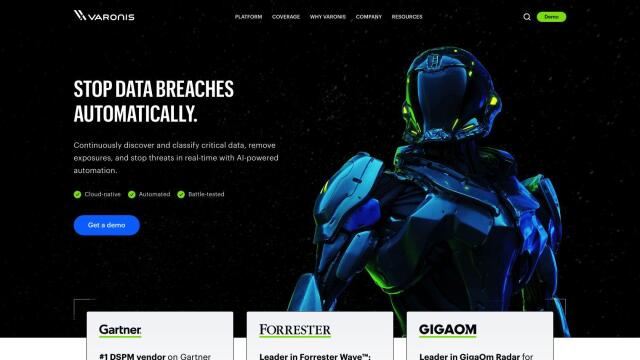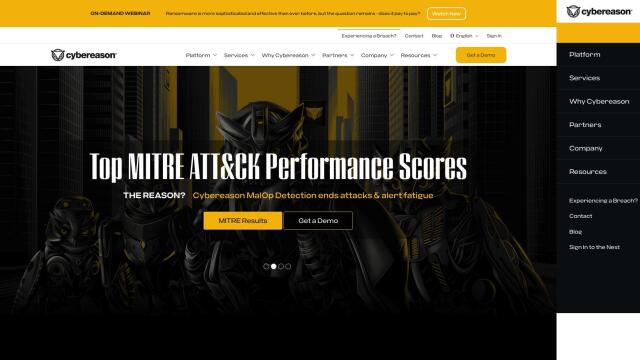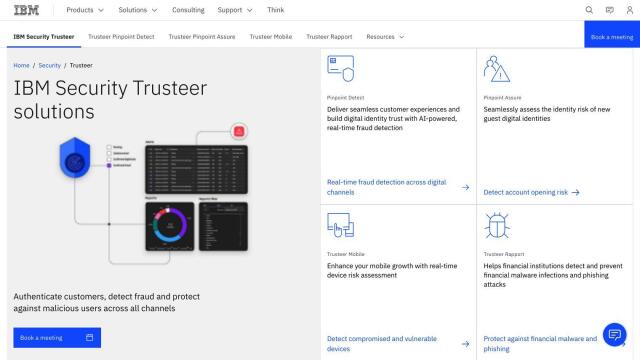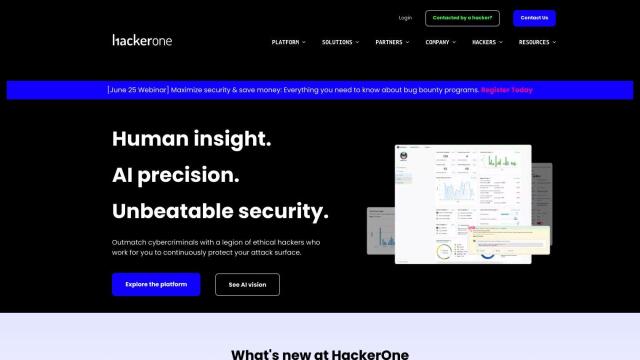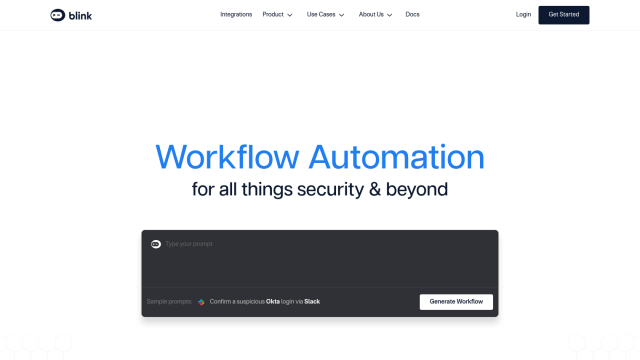Question: Is there a third-party risk management software that uses AI to automate manual tasks and provide insights for InfoSec teams?

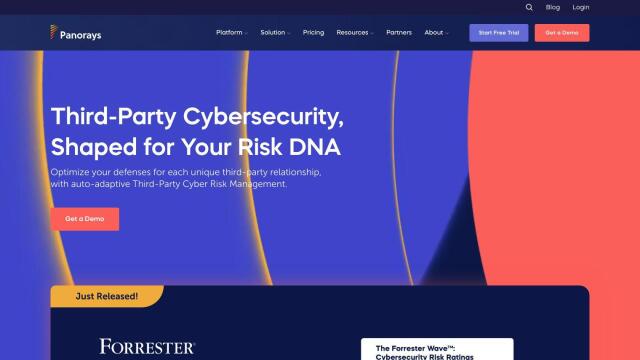
Panorays
For a third-party risk management software that uses AI to automate manual processes and offer InfoSec teams more analytical insights, Panorays is a top contender. This all-in-one platform assigns real-time Risk DNA ratings to third-party connections so security can be auto-adaptive and supply chain detection can run continuously. It offers features like actionable threat alerts, AI-driven questionnaire validation and contextual risk assessments that take into account questionnaire quality and business relevance, all of which can improve cybersecurity posture and efficiency.

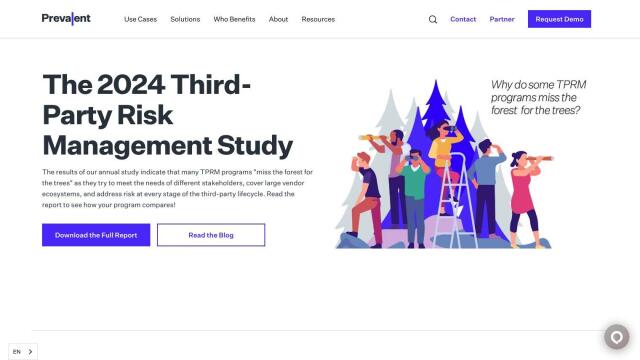
Prevalent
Another strong contender is Prevalent, which uses AI and automation to assess and mitigate security risks from vendors and suppliers. The platform offers a unified view of risk assessment and monitoring, covering a range of use cases including IT vendor risk management and supplier risk management. It offers contextual risk reporting, risk remediation and support for risk management teams in industries like finance and healthcare.

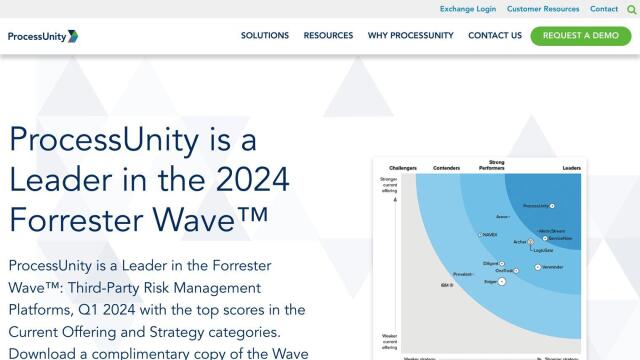
ProcessUnity
For those looking for an integrated solution, ProcessUnity is a single platform for third-party risk and cybersecurity management. It automates the entire risk lifecycle from onboarding through continuous monitoring, with customizable workflows, a Universal Data Core and AI-powered tools for third-party risk management. It's highly customizable and earned top marks in the Forrester Wave for Third-Party Risk Management Platforms.

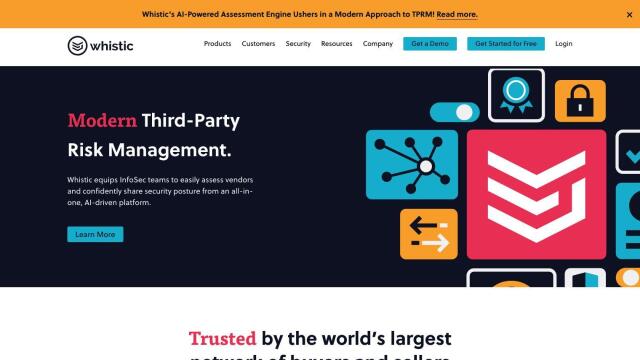
Whistic
Last, Whistic offers an AI-powered platform for automating vendor assessments and streamlining the process. Among its features are a centralized Trust Center, a Network Exchange for efficient information sharing and AI integration for automating tasks and generating insights. Whistic's platform reduces the likelihood of breaches, streamlines the sales process and liberates InfoSec staff, making it a good option for improving third-party risk management.

